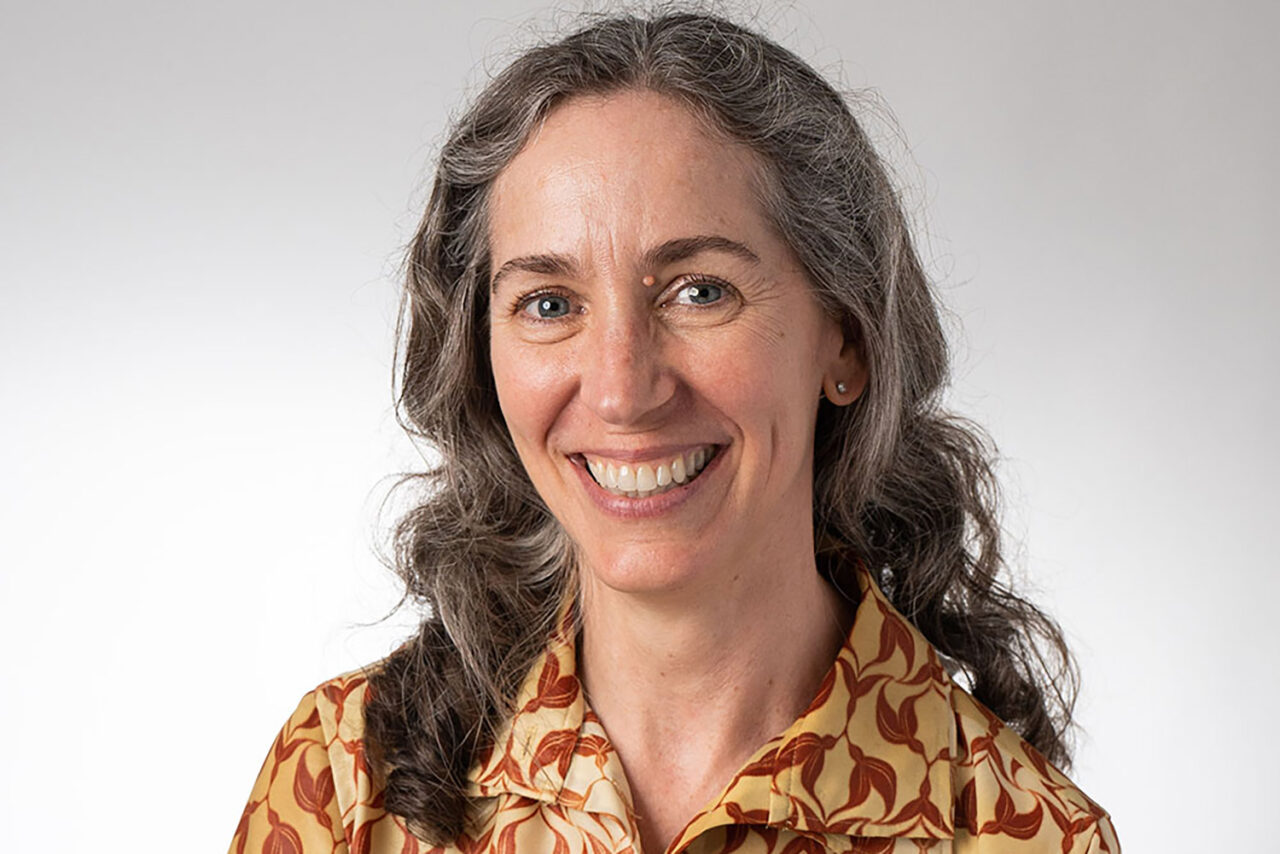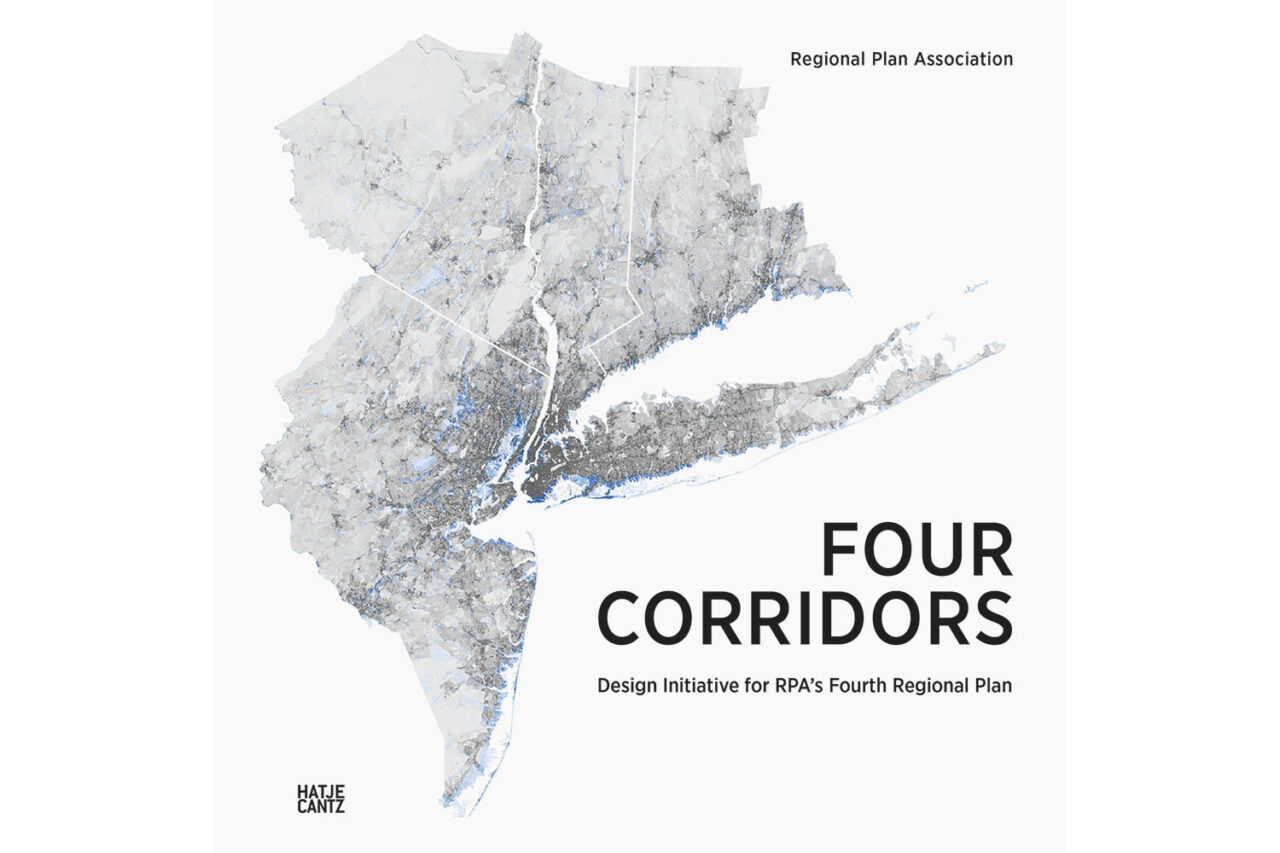by: AIA New York
Through groundbreaking publications, design research, and scholarship, Catherine Seavitt Nordenson, FAIA, FASLA, FAAR has transformed the integral relationship of architecture, landscape architecture, and green infrastructure to advance climate adaptation, with a focus on the equitable public realm. Seavitt is professor and chair of the Department of Landscape Architecture at the University of Pennsylvania’s Stuart Weitzman School of Design, where she holds the Meyerson Chair of Urbanism. She is the co-executive director of the Ian L. McHarg Center for Urbanism and Ecology and creative director of LA+ Journal. A registered architect and landscape architect, she studies urban landscapes, post-industrial sites, toxicity, and inventive plant knowledge, with a focus on actionable responses to the climate crisis and decarbonization. Seavitt’s books include Depositions: Roberto Burle Marx and Public Landscapes under Dictatorship; Structures of Coastal Resilience, with Guy Nordenson and Julia Chapman; and Four Corridors, with Guy Nordenson and Paul Lewis.
This year, the Jury of Fellows of the AIA elevated Seavitt to its prestigious College of Fellows in the sixth category of Fellowship, which recognizes architects who have worked “to advance the science and art of planning and building by advancing the standards of architectural education and training,” according to the organization’s definition. Only three percent of the AIA’s membership is distinguished with Fellowship. Seavitt’s distinction will be celebrated at the AIA Conference on Architecture from June 5–8 in Washington, DC, and was also recognized at AIA New York’s Center for Architecture during the 2024 New Fellows Celebration.
Q: How/why did you decide to pursue architecture?
As an undergraduate, I studied architecture at the Cooper Union in New York, which is a pretty unique place, certainly in terms of the way it considers the education of an architect. I was a student under the deanship of John Hejduk, who brought the landscape architect A.E. Bye, the architect Raimund Abraham, and the anthropologist Remo Guideri to our faculty—Hejduk’s worldview was very expansive. The school had a kind of broad environmental approach to the discipline, which I found quite formative, and this continues to help me see beyond false binaries and disciplinary silos.
Q: What are your thoughts on architectural education today?
As an educator and program chair in a school that has both architecture and landscape architecture programs, I’m always thinking about what a student brings with them, of their unique embodied knowledge and life experiences. How do you bring to the fore what the student already has and what their interests are, what their passions are? How can you empower them to embrace those passions or find new ones, and bring that to the practices or professions that they choose? I’m also interested in radical pedagogies, in the processes of engaging students in collaborative and active learning environments, in field-based learning. Education is not just about imparting wisdom—it can embrace critical ways of co-learning and co-creating, creating trust, and giving students and our graduates the power to take the design disciplines into new directions.
Q: Do you have a favorite building? Why?
Perhaps my favorite building is the Centre Pompidou by Richard Rogers and Renzo Piano, constructed in 1977 on the Beaubourg plateau in Paris, France. It’s a building that shapes both public space and public consciousness—modern, fresh, and so different from the rest of that nineteenth-century city. The sloped plaza in front of the building pitches down to the entrance. It’s a hangout zone, a fantastic, simple hardscape, activated by jugglers, musicians, buskers. And the ride up the escalators provides expansive, open views of the city, so surprising after experiencing the contained bowl of the plaza. When I was a young architect in Paris working for the engineering firm Rice Francis Ritchie (RFR), I would spend a lot of time in the public library at the Pompidou. Paris didn’t really have a truly public library until that building was built—it was a wonderful, open library, with accessible books on the shelves that you could browse thru. That was quite different from the Bibliothèque National or Sainte-Geneviève—both great buildings by Henri Labrouste—but you needed a professor’s introduction to obtain the required reader’s card, and the stacks were closed. And the Pompidou always has great museum exhibitions, of course. But it’s the publicness of the building, its great plaza, and its truly civic character that I love.
Q: What is influencing your work the most right now?
R. Much of my research has been focused on thinking about and recentering things from the margins. Whether it’s historical characters in the margins of power—like Roberto Burle Marx, George E. Waring, Jr., or Lina Bo Bardi—or the many mysterious species thriving in the margins of our urban estuaries, there’s so much diversity, richness, and creativity in these edges. If you engage in thinking about the productivity of that kind of marginal space, you can often find the capacity to literally shift the center. And this recentering can actually shift and redirect our ways of thinking.
Q: What are your greatest sources of inspiration?
I am fascinated by folks whose work explores the margins of the canon, but often, I find that some of the much of my inspiration comes from artists and poets. One of the people I find most inspiring is the artist Mierle Laderman Ukeles. She launched her career in 1969 with her “Maintenance Art” manifesto, a proposal for an exhibition entitled “CARE.” For her 1979 performance work “Touch Sanitation,” she shook the hand of every sanitation worker in New York City over a series of months. I think she is still considered the unpaid artist-in-residence of the Department of Sanitation of New York. I admire her ability to think deeply about the labor involved with the care and maintenance of our cities and the public realm, and who is doing that work. She has engaged the entanglement of gender, race, labor, and the environment—all things that I care very deeply about.













